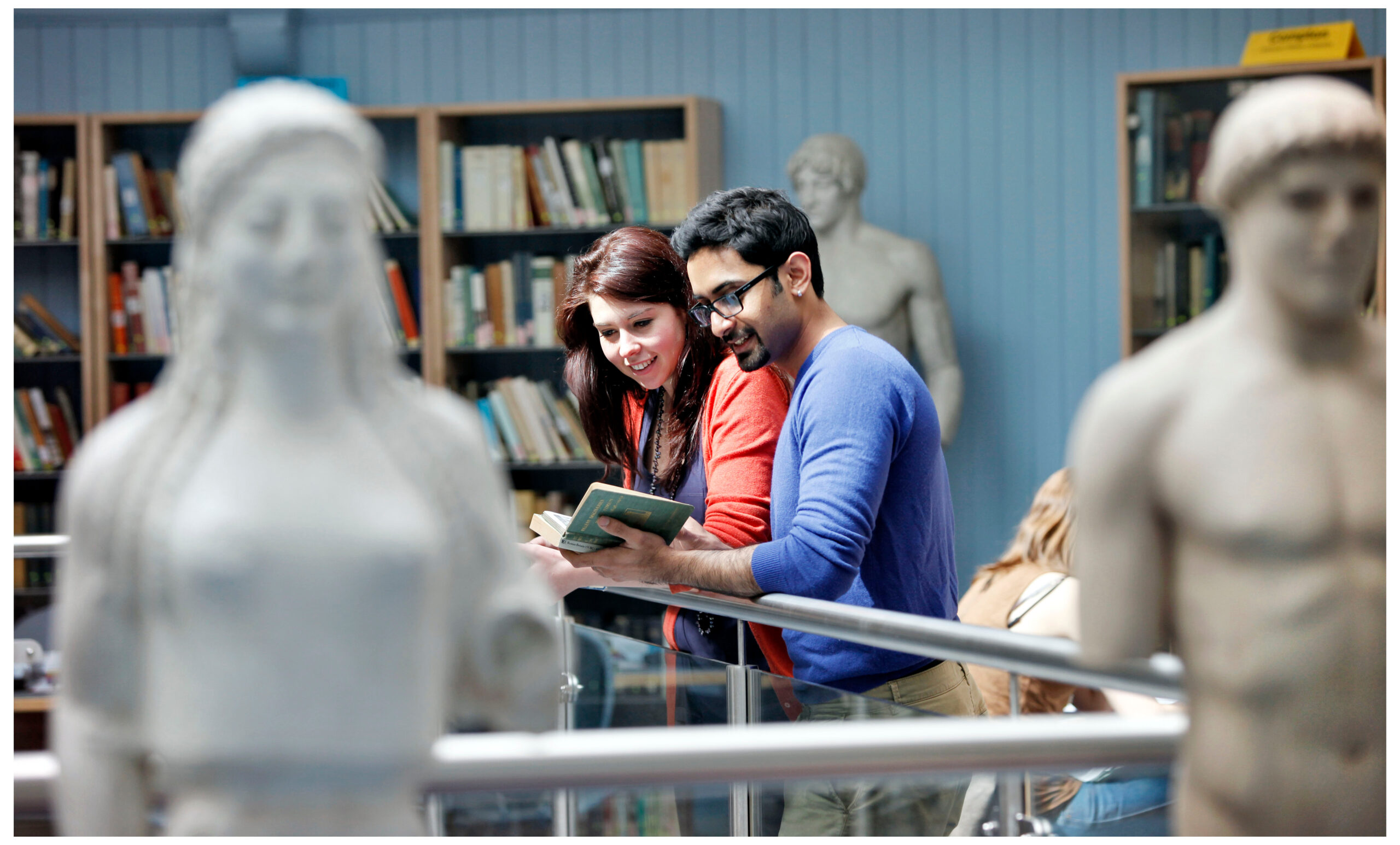
In summer 2016, the History Subject Area embarked on the largest overhaul of its curriculum in a generation. Driven by a variety of factors, including growing student numbers, changing student expectations, the renewed emphasis on teaching excellence throughout the sector, our Teaching Programme Review and external examiners’ comments, we wanted to provide a curriculum that is sustainable and speaks to the challenges of the 21st century.
The reform was initiated by the two Directors of Teaching in History (pre-honours and honours), the School Director of Undergraduate Studies and the Head of History, and was led by the pre-honours Director. It included extensive consultation with colleagues (in groups and individually), students (in focus groups, Staff-Student Liaison Committees and through School reps), external examiners, the Dean for Undergraduate Studies and the IAD, culminating in a number of working parties responsible for each new course and an Away Day to discuss the new courses and the new curriculum as a whole.
Starting with pre-honours, History’s reform is the most important innovation in teaching since the creation of the School of History, Classics, and Archaeology over a decade ago. We have streamlined the number of courses available while maintaining intellectual and pedagogical breadth and depth. Having taken a holistic approach to curriculum design, the first and second year now offer a logical progression from emphasizing the key patterns and processes of History in three ‘world’ courses in year 1, to more specialized courses on Britain, Europe, America and the rest of the world in year 2. We have also introduced 2 new core courses, The Historian’s Toolkit and Introduction to Historiography, which teach students a range of transferable skills in a relevant, practical and engaging way.
The Historian’s Toolkit is an entirely new training course for first-year History students, and the foundation of the new curriculum. It provides students with the ‘toolkit’ of the historical profession, by teaching the skills needed at university in an interactive and relevant way. As such, it facilitates the transition from secondary school to university while providing a clear break from earlier experiences of History teaching.
The Historian’s Toolkit takes students through all steps of the historical research process. The starting point is the skillset our students require, based on the QAA/SQA History Benchmarking Statement, and the order in which they need to apply them. The course was therefore designed ‘backwards’, from desired outcome to teaching methods. By building up their historical skills, through interactive lectures, independent study groups, and tutorials, The Historian’s Toolkit trains students to think and work like a historian, and builds their confidence.
The course is fully integrated into the first-year curriculum. It runs parallel to the first semester world course, Medieval Worlds, and prepares students for the coursework and assignments due in that course. In second semester, the other two world courses, The Early Modern World and The Making of the Modern World, further reflect the training received in The Historian’s Toolkit in their assessments, marking, and intended learning outcomes. Lastly, it is also the foundation for all second year courses, and is followed up by Introduction to Historiography in year 2, more advanced skills and methodology courses in Year 3, and the dissertation in Year 4.
History’s new curriculum ensures that high academic standards are not only maintained but also progressively improve over the course of a student’s degree. At the same time, we have incorporated a new awareness of employability. We are embedding the Careers Service and History Practitioners into our core courses, offering a completely novel approach to teaching transferable skills. Further innovations include: the adoption of new teaching methods, such as the flipped classroom; more feed forward, through peer review and a stepped assessment process, ensuring assessment literacy; and more diverse types of assessment.
Finally, we have introduced the City of Edinburgh into the curriculum, both as a resource in The Historian’s Toolkit, where study groups visit sites around the city as part of their group work, and in a new flagship course, The History of Edinburgh: from Din Eidyn to Festival City. As a result of these reforms, History now has a new vision and unique selling point (USP), which can be summed up as combining academic rigour with employability, and as such speaks to current university imperatives, the College of Arts, Humanities and Social Sciences pathways project, and the Teaching Excellence Framework (TEF).



